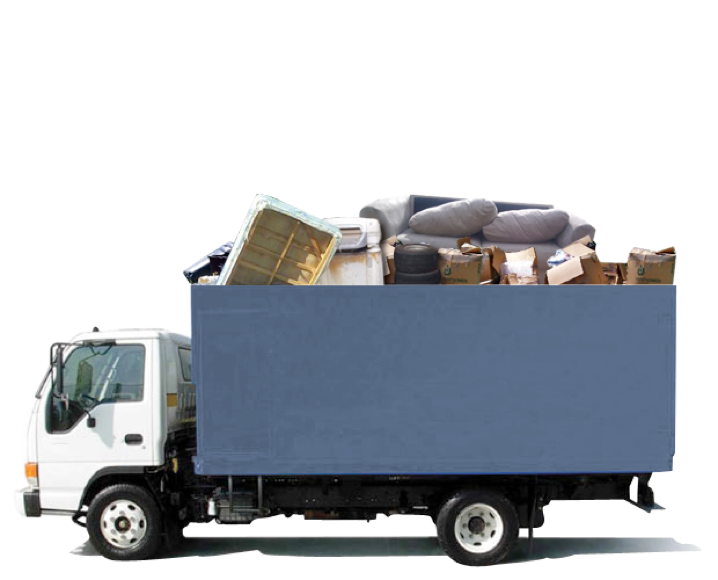Table of Content
Starting a welding business can be a lucrative venture, but it requires careful planning and execution. This guide provides a comprehensive welding business plan that covers essential aspects of starting and running a successful welding and fabrication business. Whether you are looking for a welding business plan sample or need insights into the industry, this article has you covered.
Executive Summary
In this section, provide a brief overview of your welding business. This should include your business name, location, and a summary of your products and services. Highlight your business goals and the market you intend to serve.
Business Description
Company Overview
Detail your company’s history, the type of welding services you offer, and your business structure. Explain your mission, vision, and the values that drive your business.
Products and Services
List the welding and fabrication services you offer. This can include:
- Custom Fabrication: Creating custom metal structures and components.
- Repair Services: Offering welding repair for machinery, vehicles, and equipment.
- Structural Welding: Providing welding services for construction projects.
- Mobile Welding: On-site welding services for convenience.
Market Evaluation
Industry Analysis
The welding industry is a critical component of various sectors such as construction, automotive, aerospace, and manufacturing. According to the American Welding Society, the demand for skilled welders is expected to grow by 3% annually, indicating a healthy market for welding businesses. This presents opportunities for developing a small welding business plan or even a welding plan example tailored to specific market needs. For entrepreneurs considering expanding into different markets, exploring options like the EB2 business visa can open doors for international business growth.
Target Market
Identify your target customers. This could include construction companies, manufacturing firms, automotive repair shops, and individual clients requiring custom welding services. Understanding your target market will help you tailor your marketing efforts and service offerings, as outlined in a welder marketing plan.
Competitive Analysis
Analyze your competition to identify their strengths and weaknesses. Highlight what sets your business apart, whether it’s superior quality, competitive pricing, or exceptional customer service. This differentiation should be a key component of your welding shop business plan. When seeking funding or partnerships, having a well-crafted pitch deck can effectively communicate your business’s unique value proposition.
Marketing and Sales Strategy
Marketing Plan
Develop a welder marketing plan that includes both online and offline strategies. Effective marketing tactics for a welding business may include:
- Website and SEO: Create a professional website and optimize it for search engines using keywords like “welding business plan” and “welding services.”
- Social Media Marketing: Utilize platforms like Facebook, Instagram, and LinkedIn to showcase your work and connect with potential clients.
- Local Advertising: Place ads in local newspapers, business directories, and community boards.
Sales Strategy
Outline your sales strategy, focusing on how you will attract and retain customers. This can include offering free quotes, providing excellent customer service, and implementing loyalty programs.
Operations Plan
Facility and Equipment
Describe the location of your business and the equipment you will need. This may include welding machines, safety gear, and transportation for mobile services. Ensure that your facility complies with local safety regulations and industry standards as part of your welding plan.
Staffing
Detail the staffing requirements for your business. This should include the number of welders, administrative staff, and any other personnel required. Highlight the qualifications and experience needed for each position.
Financial Plan
Start-up Costs
Provide an estimate of the start-up costs for your welding business. This can include:
- Equipment Purchase: Costs for welding machines, tools, and safety equipment.
- Facility Rent/Lease: Initial costs for securing a business location.
- Marketing Expenses: Budget for initial marketing efforts.
- Licensing and Permits: Fees for obtaining necessary business licenses and permits.
Revenue Projections
Create revenue projections based on your market research and business goals. Include detailed financial statements such as profit and loss statements, cash flow statements, and balance sheets. This financial insight is crucial for a well-rounded welding shop business plan pdf or a mobile welding business plan. If you plan to set up your welding business in the U.S. as a foreign investor, exploring the E2 visa might provide a pathway to operate your business legally.
Market Evaluation and Insights into the Welding Industry
The welding industry has seen significant advancements in technology and techniques over the years. Modern welding methods such as laser welding, robotic welding, and friction stir welding have improved efficiency and precision. According to a report by Markets and Markets, the welding market size is projected to reach $17.3 billion by 2025, driven by the increasing demand for automation in the welding process.
In the United States, the welding industry is bolstered by the growth in construction and automotive sectors. As infrastructure projects continue to rise, the demand for skilled welders and welding services is expected to grow. Additionally, the trend towards sustainable and eco-friendly practices has led to the development of new welding materials and techniques, further expanding the market.
Customer Segmentation
Understanding your customer base is crucial for a successful welding business. Segment your customers into categories such as:
- Commercial Clients: Businesses in need of large-scale welding services for construction, manufacturing, and automotive industries.
- Individual Clients: Homeowners and individuals requiring custom welding and repair services.
Strategic Partnerships
Forming strategic partnerships can enhance your business capabilities and expand your market reach. Consider partnering with:
- Construction Companies: Providing welding services for building projects.
- Automotive Shops: Offering specialized welding for vehicle repairs.
- Manufacturing Firms: Supplying welding solutions for industrial manufacturing processes.
Risk Management
Identify potential risks and develop strategies to mitigate them. Common risks in the welding business include:
- Safety Hazards: Implement strict safety protocols and provide training to minimize accidents.
- Market Fluctuations: Diversify your service offerings to remain resilient during market downturns.
- Regulatory Changes: Stay informed about industry regulations and ensure compliance to avoid fines and legal issues.
Technology and Innovation
Stay ahead of the competition by embracing new technologies and innovations in welding. Invest in advanced welding equipment and software that improve efficiency and quality. Consider offering specialized services such as robotic welding and CNC machining to attract high-end clients.
Get Started with OGS Capital Today
Creating a comprehensive welding business plan is a critical step towards launching a successful welding business. If you need professional assistance in crafting a detailed and effective small welding business plan, consider partnering with OGS Capital. Our team of experts can provide tailored solutions to help you achieve your business goals. Get Started with OGS Capital Today.
Conclusion
Starting a welding business requires careful planning, market analysis, and a solid business strategy. By following this comprehensive welding plan example, you can set a strong foundation for your welding and fabrication business. Focus on providing high-quality services, embracing innovation, and building strong customer relationships to ensure long-term success.
FAQ
Q. What type of welding makes the most money?
The type of welding that typically makes the most money is industrial pipeline welding. This specialization requires advanced skills and often involves working in challenging environments, such as underwater or at high elevations. Due to the high demand for precision and safety, pipeline welders can command higher wages compared to other welding professions.
Q. Is welding a profitable business?
Yes, welding can be a profitable business. With the right skills, equipment, and market strategy, a welding business can serve various lucrative industries, including construction, automotive, and manufacturing. Successful welders who offer specialized services and build a solid reputation can achieve significant financial returns.
OGSCapital’s team has assisted thousands of entrepreneurs with top-rated document, consultancy and analysis. They’ve helped thousands of SME owners secure more than $1.5 billion in funding, and they can do the same for you.



















